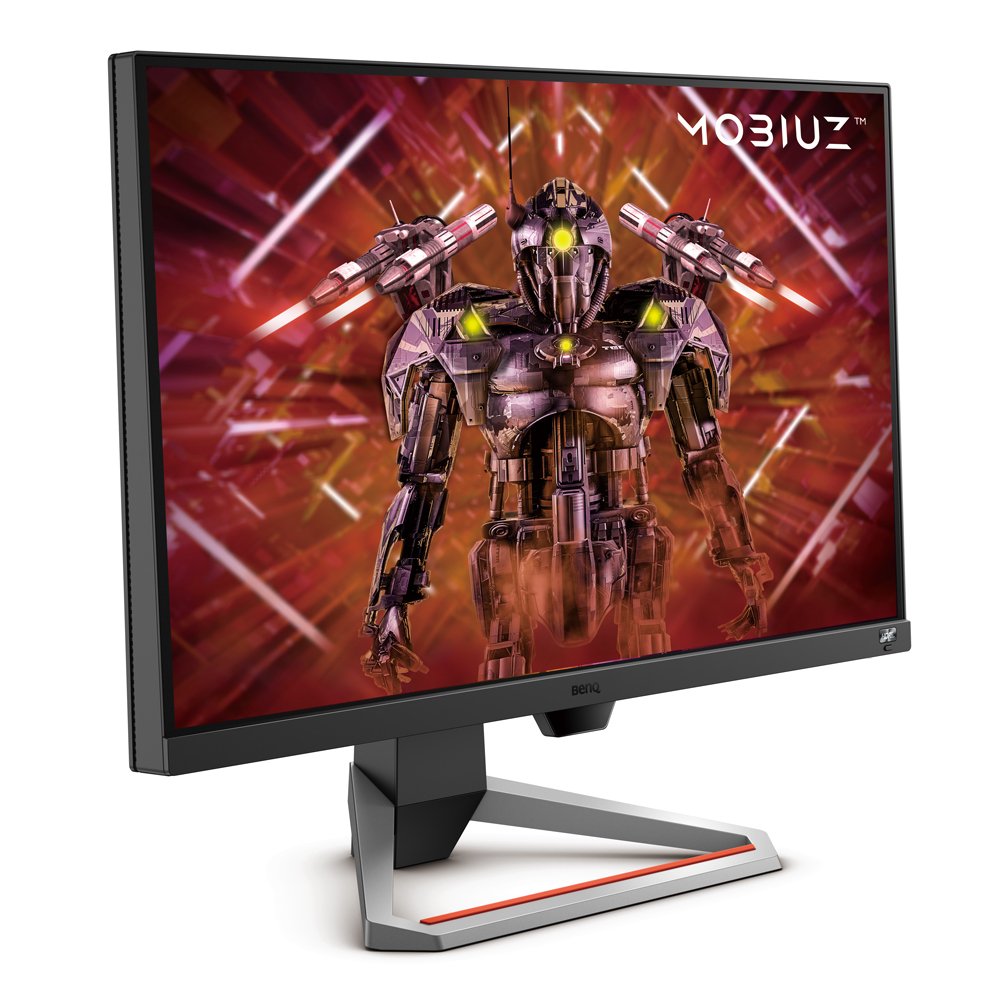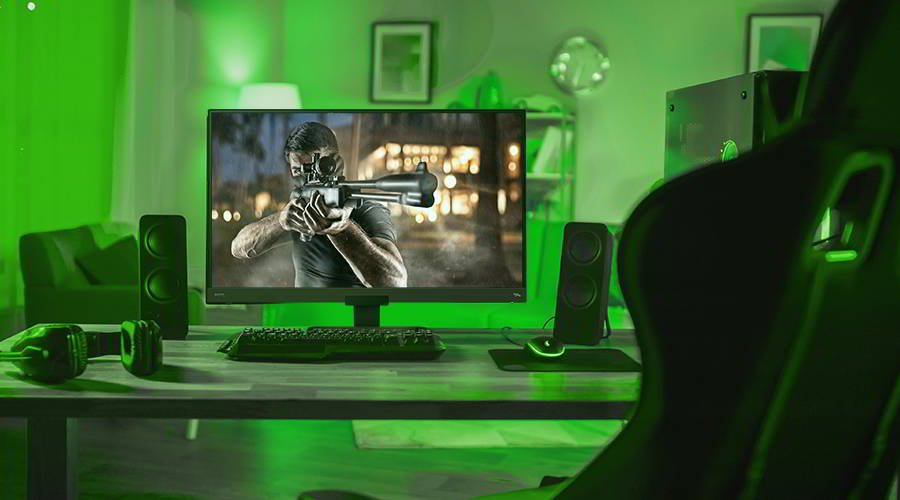While a value like 2500:1 is native contrast as produced by the panel with no additional processing, dynamic contrast often goes into the spec stratosphere with values like 20,000,000:1. If you look at your monitor or TV’s settings, you’ll likely run into something called contrast enhancer or a similar name. BenQ monitors use a variety of algorithms and processing tools like Black eQualizer, Light Tuner, and HDRi to refine and adjust both contrast and brightness. This processing on modern displays improves contrast to great effect, and should not be discounted as marketing fluff.
Once upon a time dynamic contrast was greatly frowned upon. It was considered cheating by image aficionados, and many felt the effect resulted in lost detail. Additional lag due to extra processing was also a big worry among gamers.
All of these remain somewhat valid points. For example, we can’t deny that dynamic contrast adds a tiny bit of input lag, as it’s indeed another step added to delivering an image. However, the processors on monitors keep getting better. Most of the stigma associated with contrast enhancement dates back to the 2000s, when the first really popular LCDs had poor contrast and implemented shady contrast boosts.
Those days are gone. Your typical good quality monitor or TV ships with considerable processing power onboard and can handle effective contrast enhancement without reducing detail. As for lag, back when 50ms was good for an LCD input lag figure then for sure, any extra processing was a problem. But now a good gaming monitor with 144Hz barely goes over 20ms even in the worst case scenario with everything turned on and connected to an especially demanding or slow source. Contrast enhancement lag is not noticeable under these circumstances unless you have superhuman perception.




